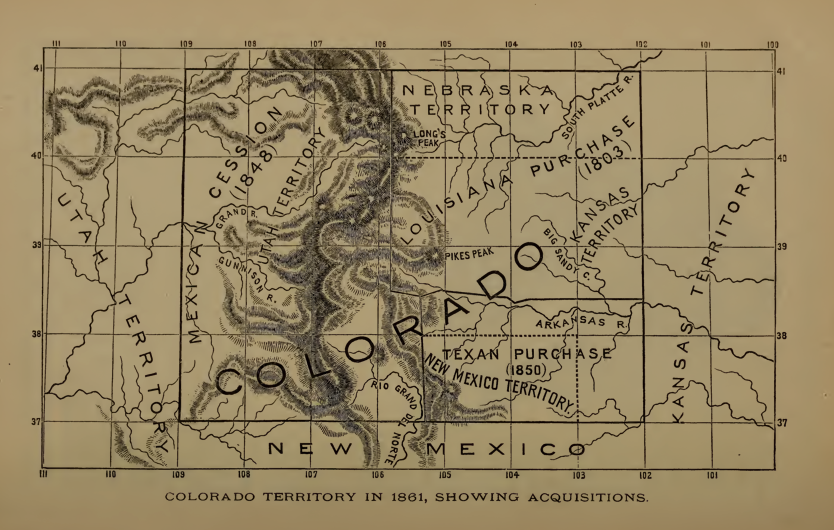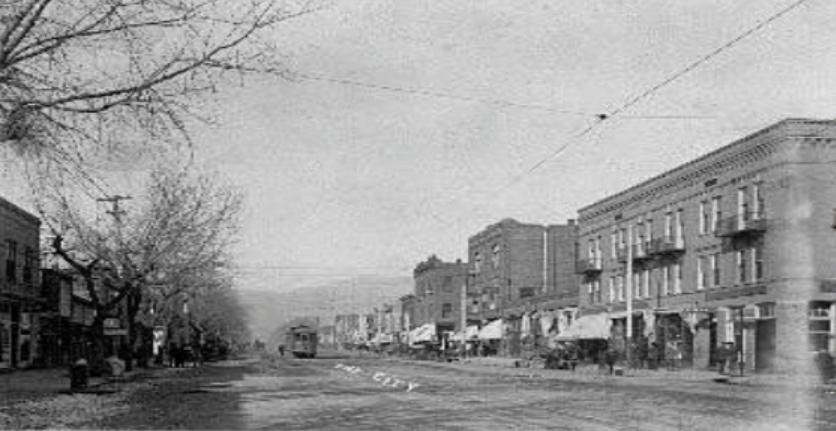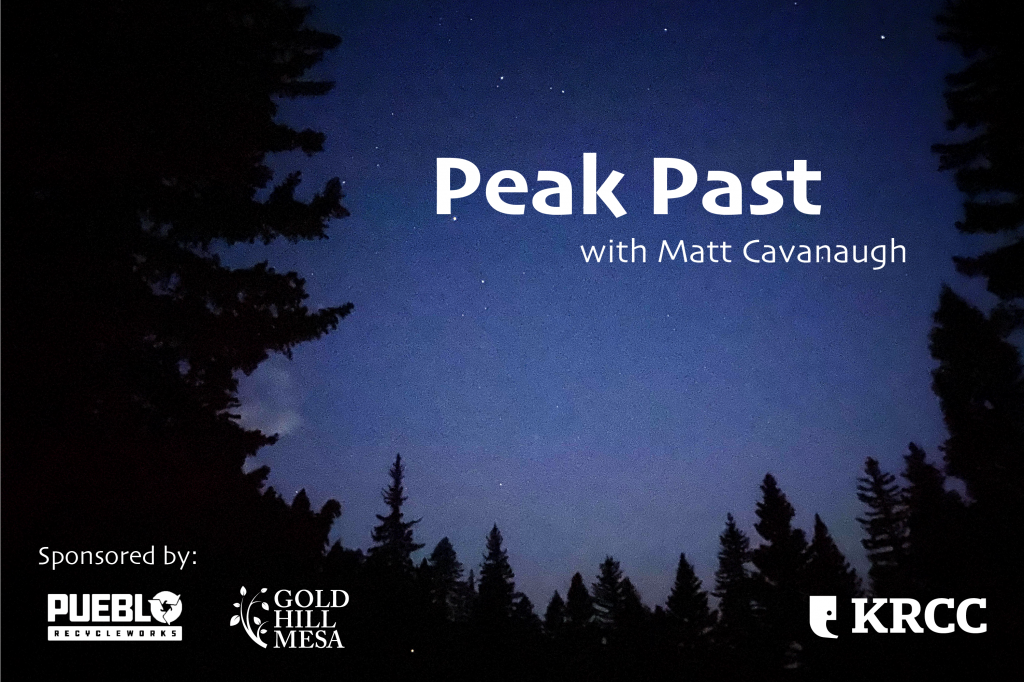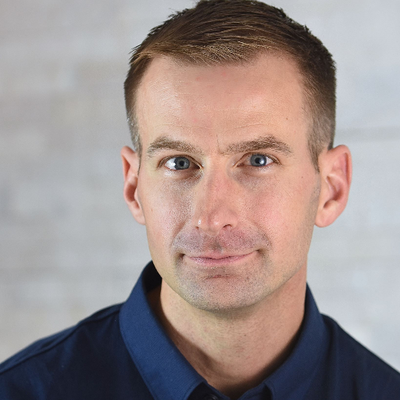
The following is part of KRCC's 'Peak Past' essay series.
Places are places to my 10-year-old daughter — she’ll often confuse cities with states. We’ll go to Leadville and she’ll ask when we’ll go back to “Colorado.”
I’ve taken to telling her to imagine Colorado as a box, and that the cities are dots inside that box.
But now that I think of it, Colorado’s more like a rectangle. A nearly-perfect Rocky Mountain rectangle. And rectangles usually aren’t that sexy, but the way this rectangle was born is fascinating.

After being declared American soil, Colorado was split four ways into four different territories. Then the gold rush sped up the need for onsite government, and so in 1861, the first Colorado Territorial government met in what’s now known as Old Colorado City.
It’s the shape that’s the interesting part.
The first Coloradans wanted a big and diverse state. They got the diverse, but not nearly as big as they wanted. They got their balanced economy. And while all the focus was on the gold in them thar’ hills to the west—they wanted agriculture too, which they got to the east.
As to size, the pioneers asked for land that would’ve made Colorado bigger than California, according to author Mark Stein.
Colorado instead got four degrees of latitude north-to-south, equal to the heights of Wyoming and Montana. Congress also granted Colorado seven degrees of longitude east-to-west, equal to the widths of Wyoming, the two Dakotas, Washington, and Oregon.
That’s still pretty sizable. Colorado’s bigger than Great Britain, and 8th largest in size when compared to the rest of the 50 US states, just ahead of Oregon.
And Colorado is, in fact, a rectangle - four units high by seven units wide. It’s not a perfect one, a little rough around the edges, but a Rocky Mountain rectangle, nonetheless.
Until our next mountainside chat — be good, be well, and no matter what, climb on.

Peak Past (formerly Peak Perspectives) is a weekly segment written and voiced by Matt Cavanaugh, a lieutenant colonel in the U.S. Army and a resident of Manitou Springs where he lives with his wife and two young children. Through his writing, Cavanuagh explores life in the Pikes Peak region, including the gradients and subtleties of our lives in the shadow of America's Mountain.
You can find more work by Cavanaugh here.
KRCC's Abigail Beckman manages the "Peak Past" series. The opinions expressed in this publication are those of the authors. They do not purport to reflect the opinions or views of KRCC or Colorado Public Radio.
Peak Past is sponsored by Pueblo Recycle Works and Gold Hill Mesa.








